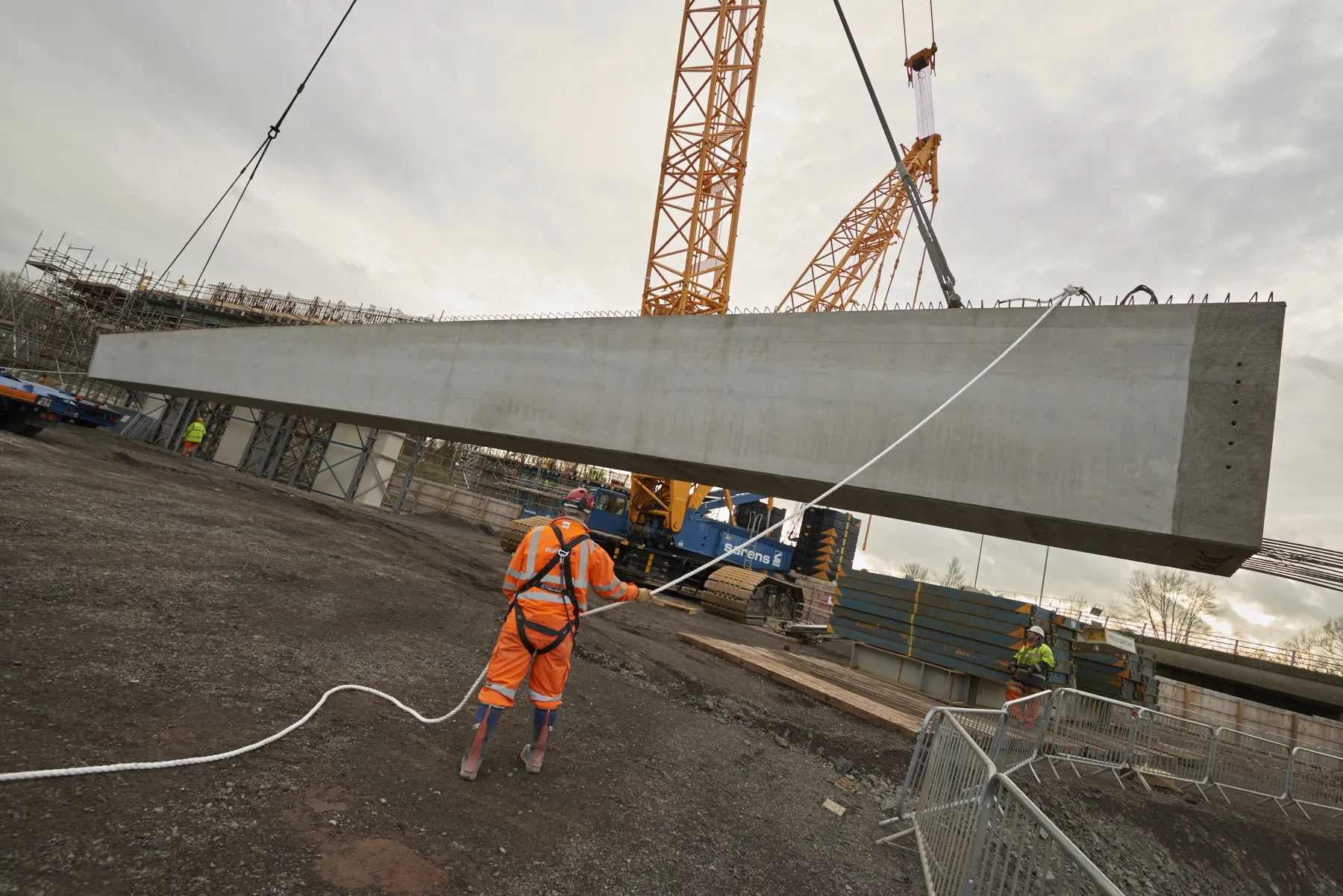
Under the plans, junction 9 - the Winchester junction where the M3 interchanges with the A34 trunk road - will be redesigned to create dedicated free flow lanes. This goal is to allow drivers travelling between the M3 and the A34 to travel freely between the two roads to avoid using the junction roundabout.
The M3 is the main road between London and the Solent Ports or Portsmouth and Southampton. The A34 is the main corridor between the south coast and the English Midlands region. Around 110,000 vehicles use the junction every day, including over 5,500 trucks because of the port traffic.
The roundabout itself will be redesigned into a new so-called dumbbell layout, which will increase capacity, improve safety and make journey times more reliable, according to the government-owned company.
Work will include widening the M3 from two to four lanes between the south-facing roundabout slip roads and the new free-flow links with the A34. Subways will be built through the junction to create a continuous, segregated route for pedestrians and cyclists between the South Downs National Park and the towns of Winnall and Abbots Worthy.
The plans recently went on show with the consultations running until the end of August.
“More than 6,000 vehicles use this junction each hour during peak times and making the junction free flow will stop queues backing up onto the main carriageway and reduce the risk of collisions,” said Neil Andrew, Highways England senior project manager.
“Not only will the improvements help to separate local and long-distance traffic, we are also improving access for pedestrians, cyclists and equestrians [horse riders].”







